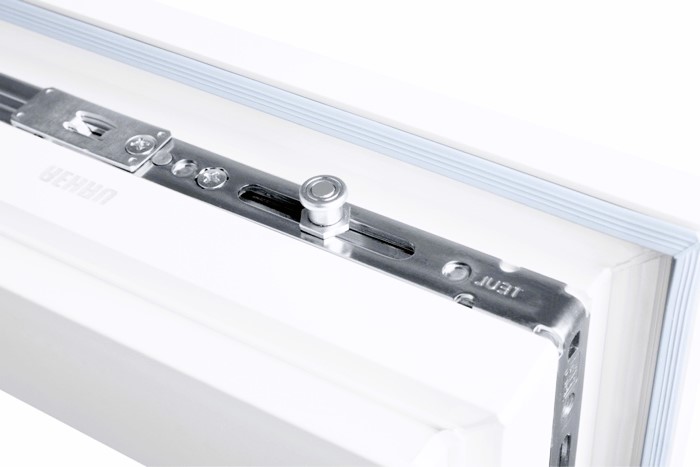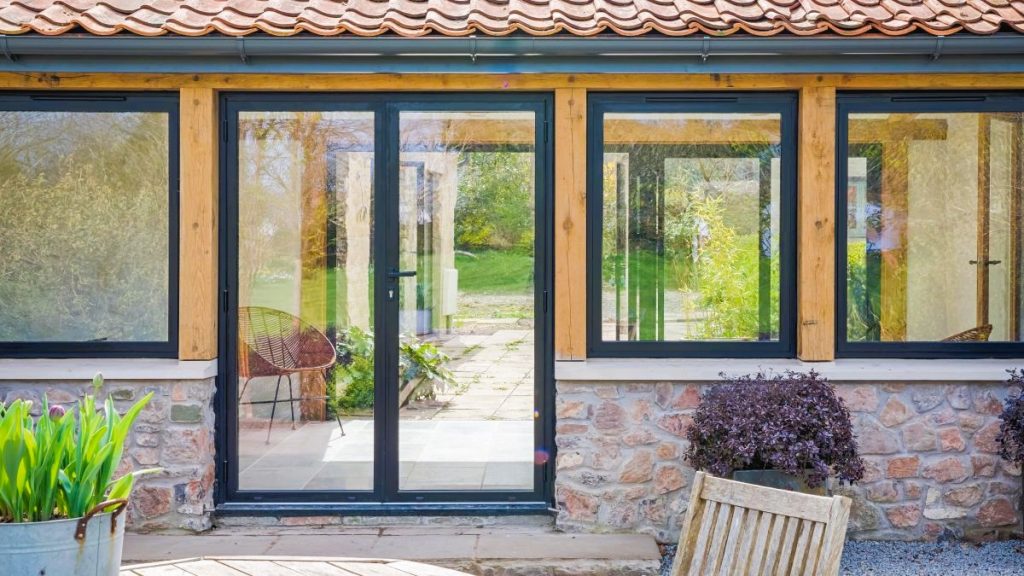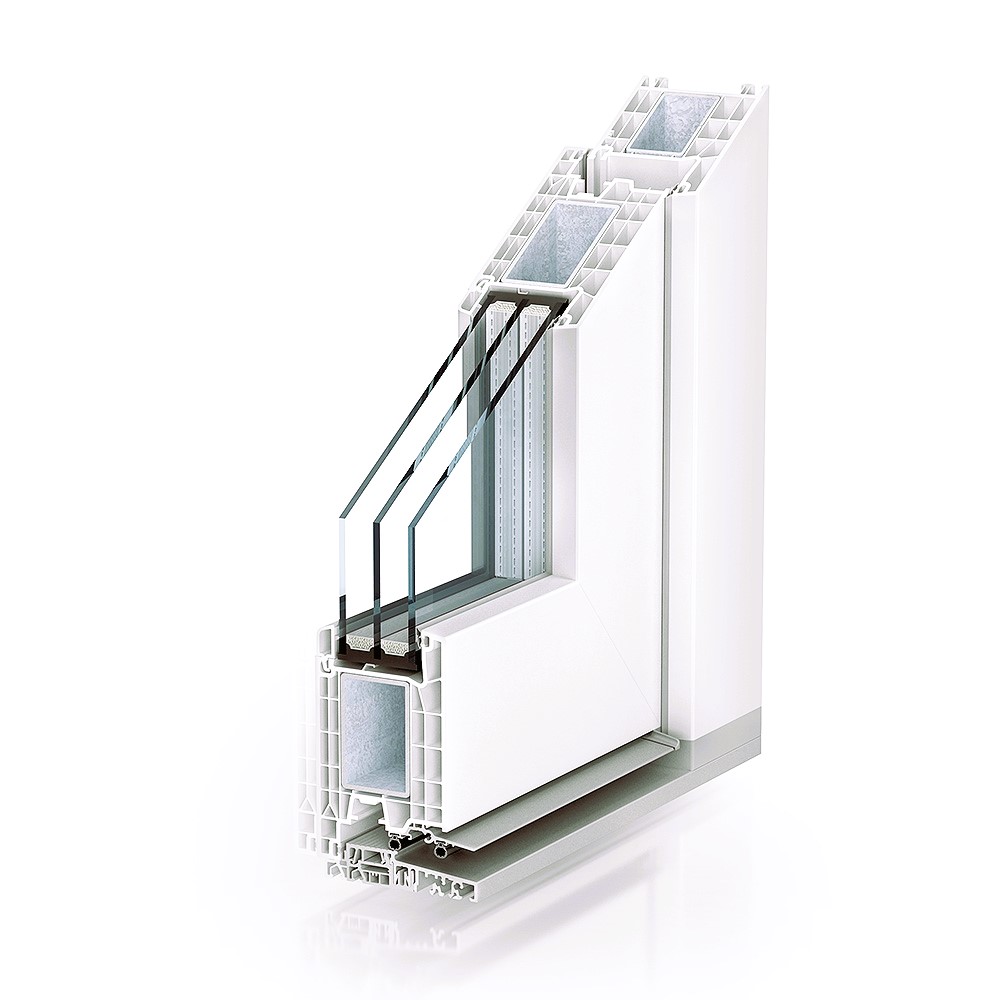Plastic windows are a popular choice for homeowners due to their durability, energy efficiency, and low maintenance requirements. One of the most important factors in the production of plastic windows is the type of profile used. In this article, we’ll discuss the different types of profiles used for the production of plastic windows, their differences, and characteristics.
PVC Profiles
PVC (polyvinyl chloride) is the most common material used for the production of plastic window profiles. PVC profiles are made from a blend of PVC resin and additives, such as stabilizers and pigments, which give the profiles their color and durability.
Advantages of PVC Profiles:
- Durable: PVC profiles are highly durable and can withstand a range of weather conditions, including extreme heat and cold.
- Energy-efficient: PVC profiles are highly energy-efficient, providing excellent insulation against heat loss and drafts.
- Low maintenance: PVC profiles are low maintenance and require only occasional cleaning with soap and water.
- Customizable: PVC profiles can be easily customized to fit any size or shape of window, making them a versatile option for homeowners.

Disadvantages of PVC Profiles:
- Not eco-friendly: PVC profiles are not an eco-friendly option, as they are made from non-renewable resources and can be difficult to recycle.
- Less rigid: PVC profiles are less rigid than other types of profiles, which can make them more prone to warping or bending over time.
Aluminum Profiles
Aluminum profiles are another common option for the production of plastic windows. Aluminum profiles are made from a blend of aluminum and other metals, which gives them their strength and durability.
Advantages of Aluminum Profiles:
- Strong and durable: Aluminum profiles are highly strong and durable, making them a popular choice for commercial buildings and high-rise apartments.
- Lightweight: Aluminum profiles are lightweight, which can make them easier to install and handle during transportation.
- Eco-friendly: Aluminum profiles are eco-friendly, as they can be recycled and reused.
Disadvantages of Aluminum Profiles:
- Poor insulation: Aluminum profiles are poor insulators, providing less insulation against heat loss and drafts than other types of profiles.
- Corrosion: Aluminum profiles are prone to corrosion over time, especially in coastal or humid environments.
- Higher cost: Aluminum profiles are typically more expensive than PVC profiles, making them a less budget-friendly option for homeowners. Interested in buying windows? Read also about which type of windows to choose
Composite Profiles
Composite profiles are a combination of different materials, such as PVC and aluminum, to create a profile with the benefits of both materials.

Advantages of Composite Profiles:
- Energy-efficient: Composite profiles provide excellent insulation against heat loss and drafts, making them highly energy-efficient.
- Durable: Composite profiles are highly durable and can withstand a range of weather conditions.
- Eco-friendly: Composite profiles are eco-friendly, as they can be made from recycled materials and can be easily recycled and reused.
Disadvantages of Composite Profiles:
- Higher cost: Composite profiles are typically more expensive than PVC profiles, making them a less budget-friendly option for homeowners.
- Limited customization: Composite profiles may be less customizable than PVC profiles, as they are made from a combination of materials.
In conclusion, the type of profile used for the production of plastic windows is an important factor in their durability, energy efficiency, and aesthetics. PVC profiles are a popular choice for their durability, energy efficiency, and versatility, while aluminum profiles are known for their strength and durability. Composite profiles offer the benefits of both materials but may be more expensive and less customizable. By considering the different types of profiles and their characteristics, homeowners can choose the best option for their home and budget.

